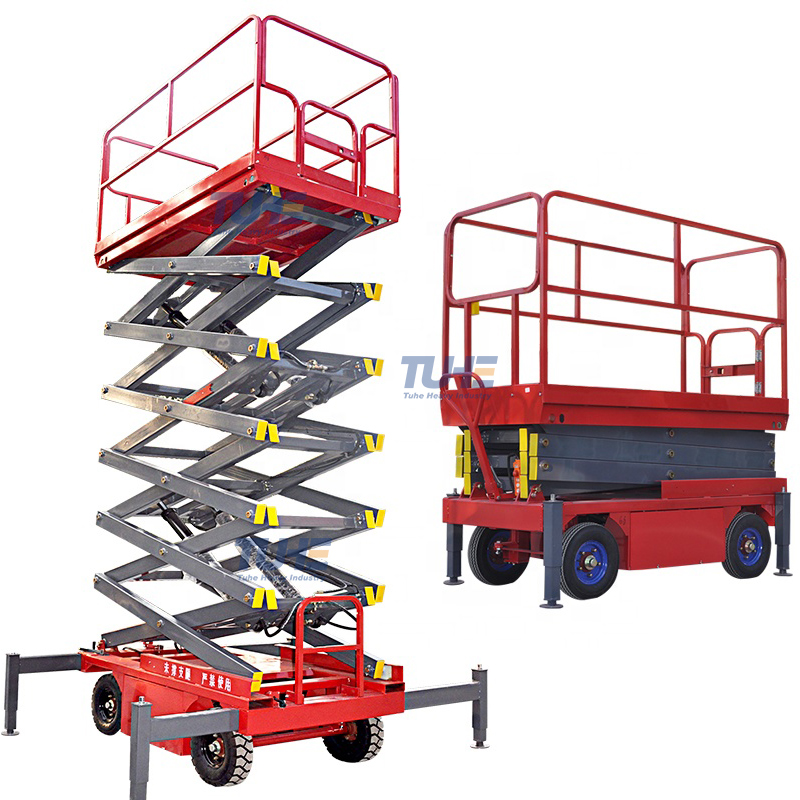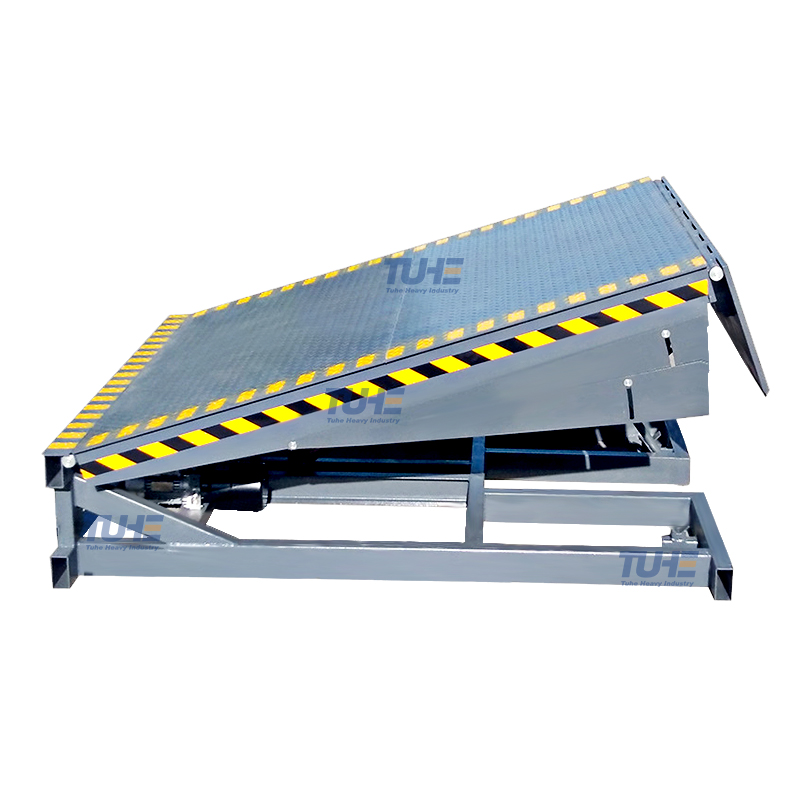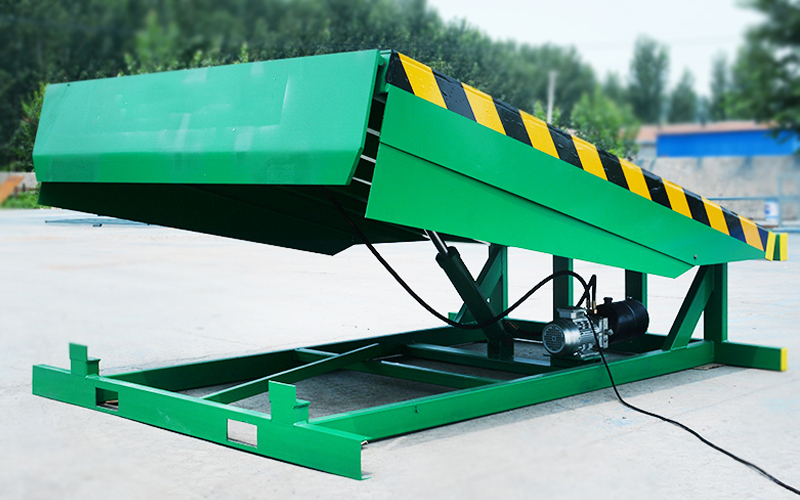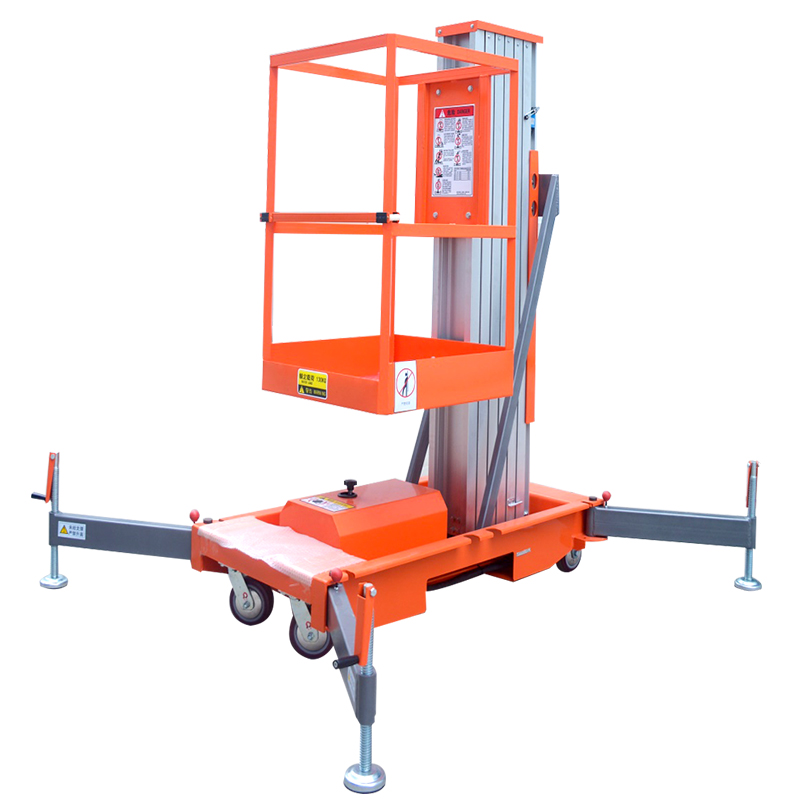Elevators are an essential part of modern buildings, facilitating vertical transportation for both people and goods. While passenger elevators are designed specifically for human transport, freight elevators are built to carry heavy loads. This raises an important question: Can a freight elevator be used for passengers? The answer is not straightforward, as it depends on various factors including safety regulations, elevator design, and intended usage.
346338.webp)
Understanding Freight Elevators
Freight elevators, also known as service elevators, are designed primarily to transport goods, equipment, and heavy materials rather than people. They are built with durability and load capacity in mind, featuring:
Heavier weight capacity – Freight elevators can carry significantly more weight than passenger elevators, often ranging from 2,500 to 10,000 kg or more.
Robust construction – They have reinforced floors and walls to withstand impacts from heavy cargo.
Larger dimensions – Freight elevators are typically wider and taller to accommodate bulky items.
Manual or automatic doors – Some freight elevators have manual doors or slower-moving automatic doors to prioritize safety when loading goods.
Basic interiors – Unlike passenger elevators, they often lack mirrors, handrails, or decorative finishes.
Legal and Safety Considerations
The use of freight elevators for passengers is heavily regulated by building codes and safety standards. Key considerations include:
1. Local Building Codes
Many jurisdictions prohibit the use of freight elevators for passenger transport unless they meet specific safety requirements.
Some regions allow limited passenger use under certain conditions, such as when accompanying freight or during emergencies.
2. Occupational Safety Regulations
OSHA (Occupational Safety and Health Administration) in the U.S. and similar agencies worldwide have strict rules about elevator usage.
Employees should not routinely use freight elevators unless they are certified for passenger transport.
3. Insurance and Liability
If an accident occurs while passengers are using a freight elevator, the building owner or employer could face legal consequences if the elevator was not approved for human transport.
When Can a Freight Elevator Be Used for Passengers?
There are exceptions where freight elevators may be used for passengers under controlled conditions:
1. Dual-Purpose Freight/Passenger Elevator
Some modern freight elevators are designed to accommodate both goods and people, meeting safety standards for passenger use.
These elevators have additional features like emergency stop buttons, proper lighting, and handrails.
2. Temporary or Emergency Use
In case of a passenger elevator malfunction, a freight elevator may be used as a temporary alternative.
During fire emergencies or evacuations, freight elevators (if safe) may assist in moving people, though fire service elevators are preferred.
3. Workers Accompanying Freight
Personnel moving heavy equipment or materials may ride in the freight elevator with the load, provided safety protocols are followed.
Risks of Using Freight Elevators for Passengers
Despite some permissible scenarios, using a freight elevator for passengers poses several risks:
Lack of Safety Features – Missing handrails, emergency communication systems, or smooth door operations can increase accident risks.
Slower Speed and Uncomfortable Ride – Freight elevators prioritize load capacity over ride comfort, leading to jerky movements.
Higher Risk of Entrapment – Manual doors or heavy-duty mechanisms may increase the chance of accidents.
No Accessibility Compliance – Freight elevators rarely meet ADA (Americans with Disabilities Act) or similar accessibility standards.
Best Practices for Mixed-Use Scenarios
If a freight elevator must occasionally transport passengers, the following precautions should be taken:
Post Clear Signage – Indicate whether passenger use is permitted and under what conditions.
Install Basic Safety Features – Add emergency buttons, handrails, and proper lighting if possible.
Limit Passenger Numbers – Avoid overcrowding, as freight elevators may not have weight sensors calibrated for people.
Train Users – Ensure workers understand the risks and proper procedures when using freight elevators.
Conclusion
While freight elevators are not designed for regular passenger use, they can sometimes serve as a secondary option under strict conditions. However, safety must always be the top priority. Building owners and employers should adhere to local regulations and ensure that any mixed-use elevators meet necessary safety standards. For daily passenger transport, dedicated passenger elevators remain the safest and most compliant choice.
Would you risk using a freight elevator in an emergency, or do you think stricter enforcement is needed to prevent misuse? Let us know your thoughts!

222.webp)


660.webp)
503.webp)
695.webp)

